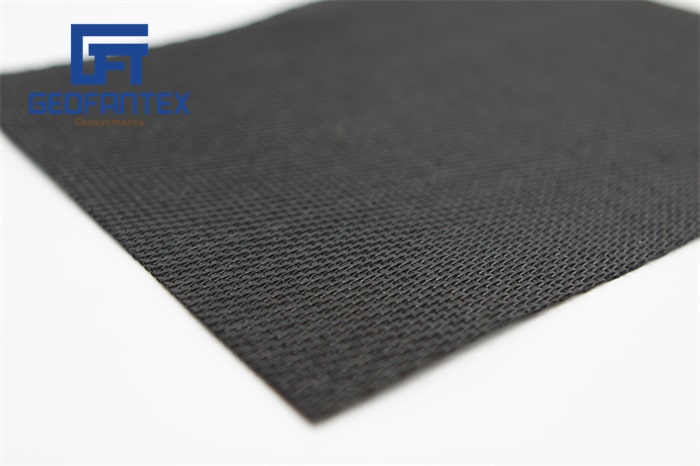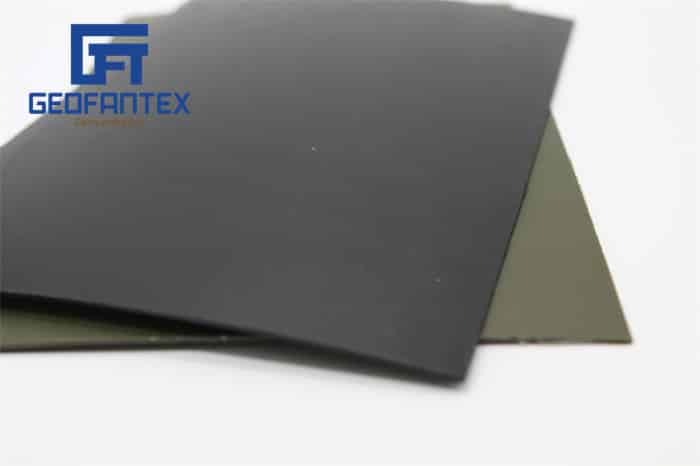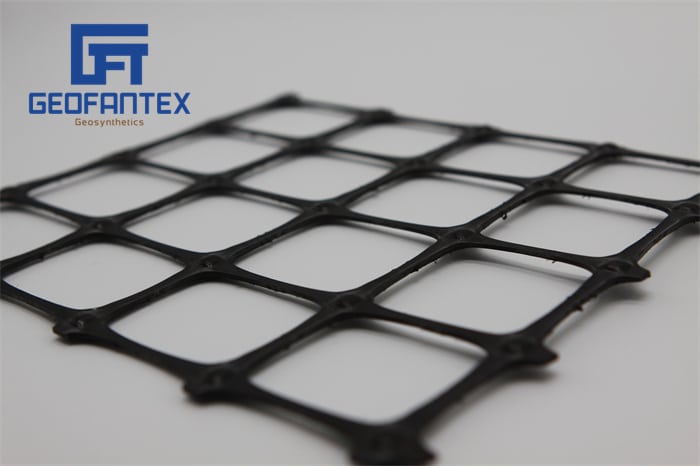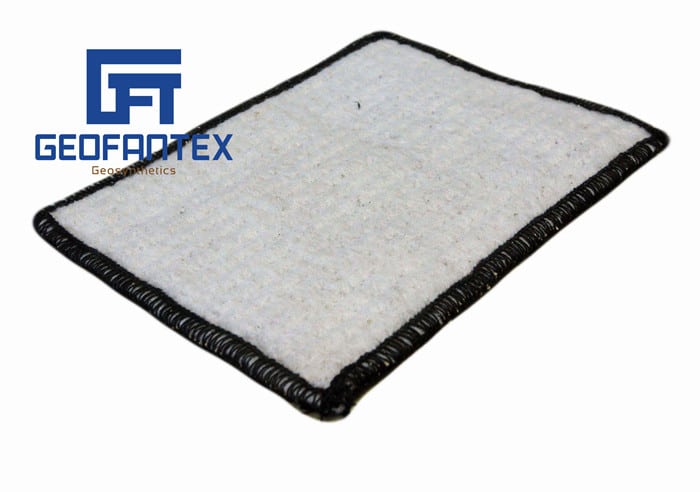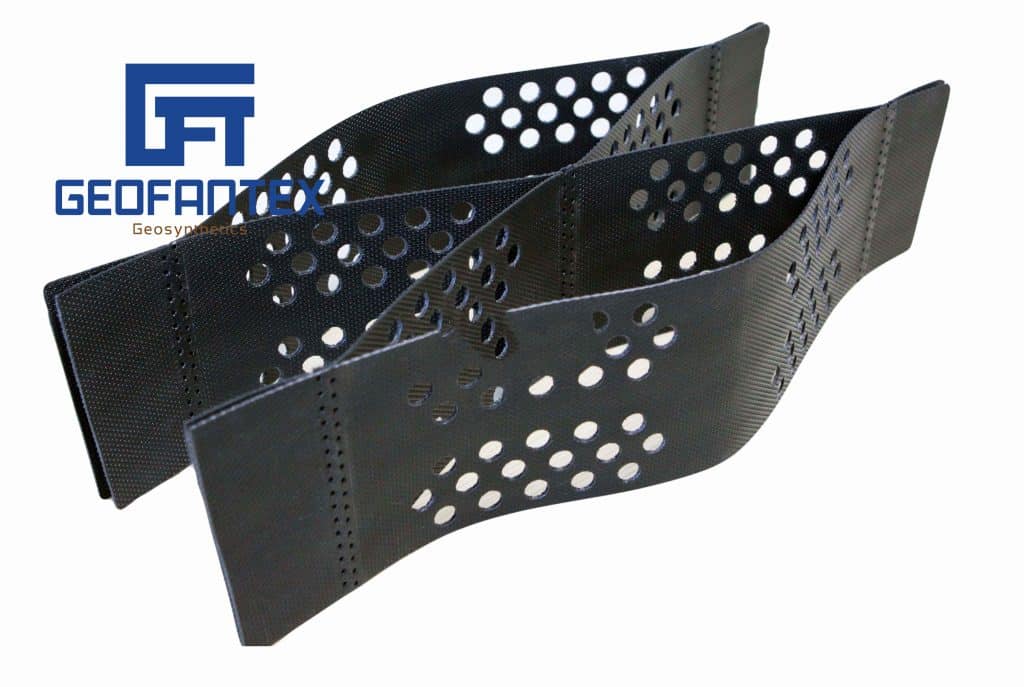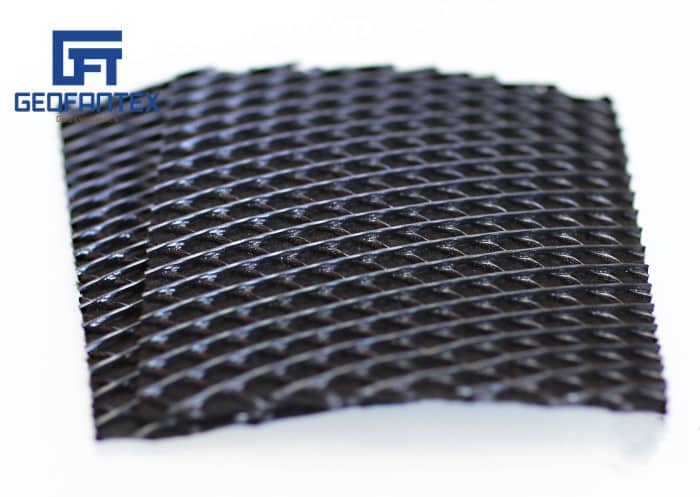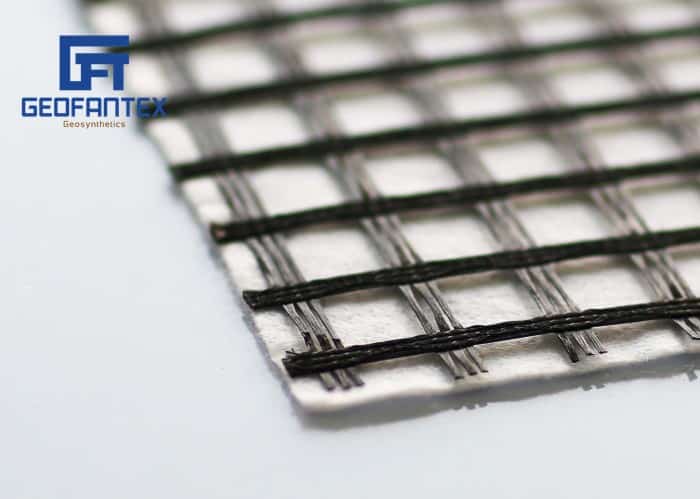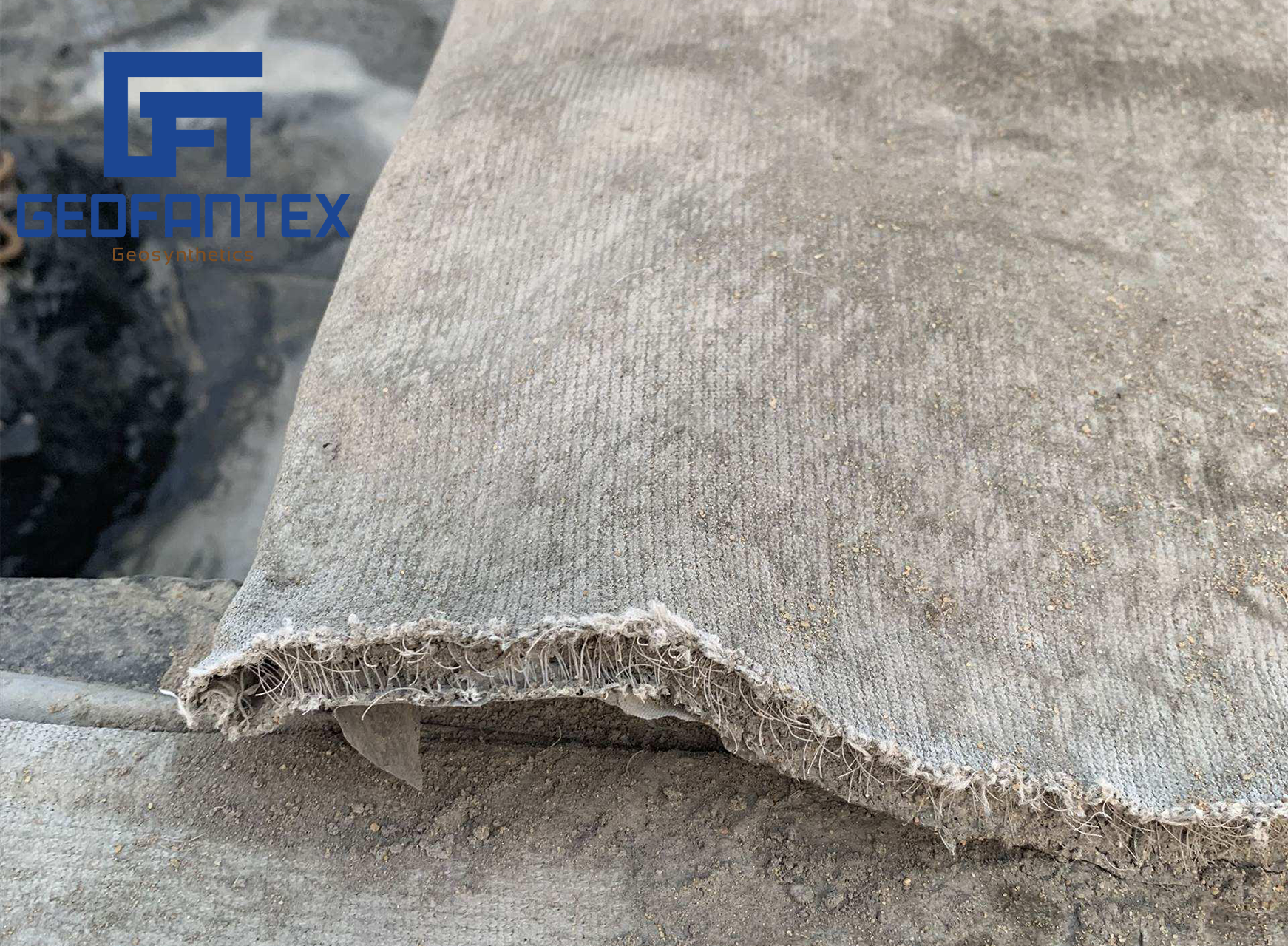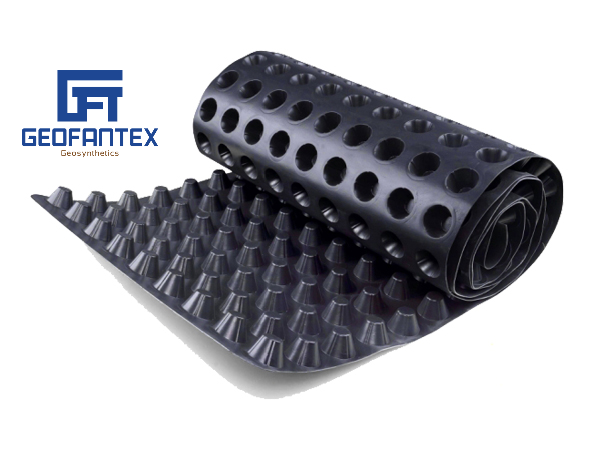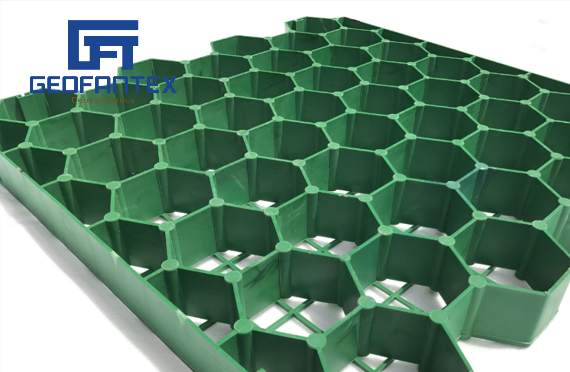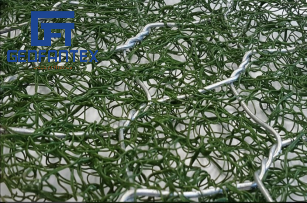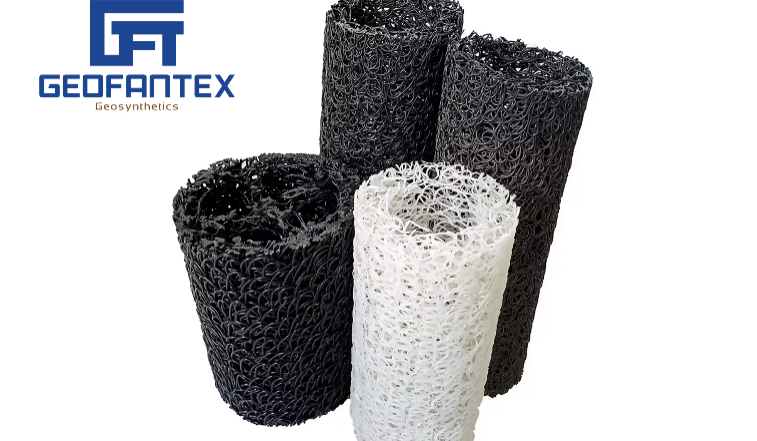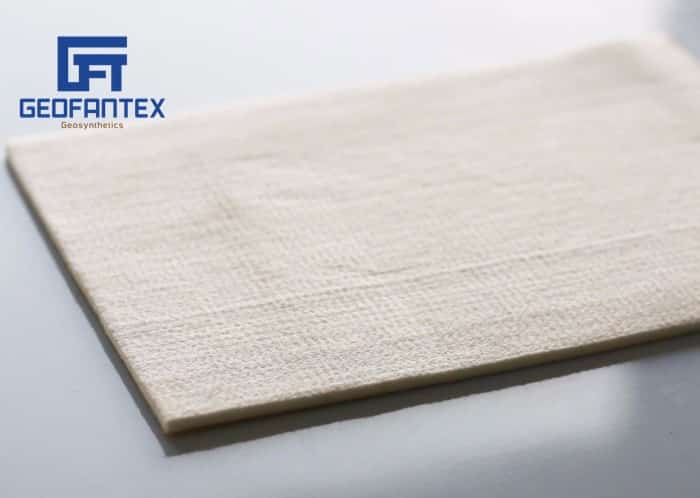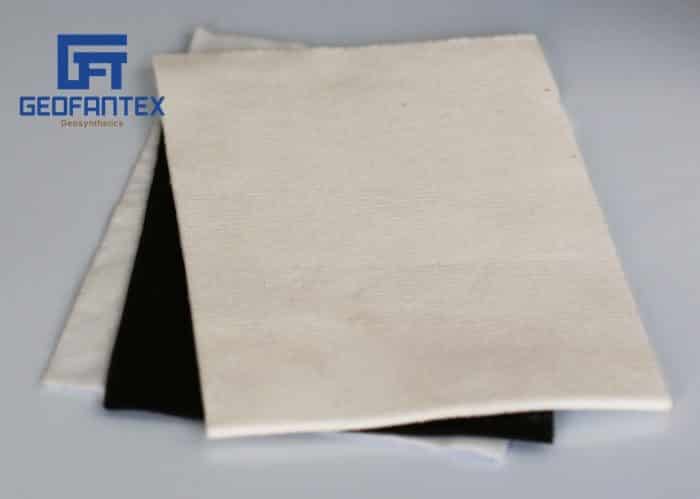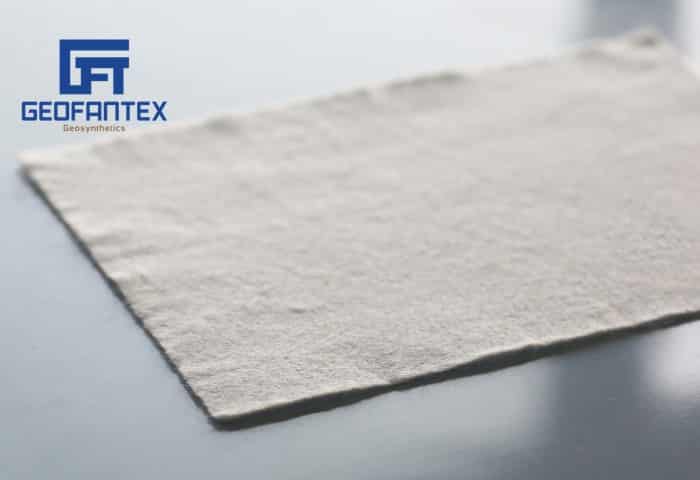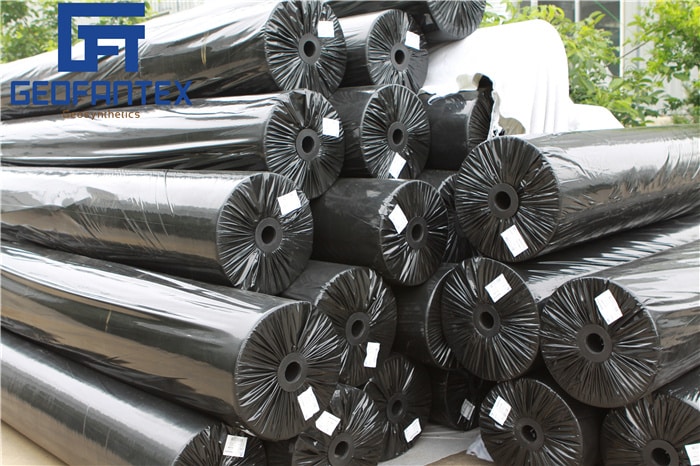+86-159 9860 6917
info@geofantex.com
geofantex@gmail.com
+86-400-8266163-44899
Geosynthetic liners are integral components in the construction of various civil engineering projects, especially when it comes to environmental protection and waste management. A geosynthetic liner serves as a barrier to prevent contamination by controlling the movement of liquids and gases, which makes them essential for landfills, ponds, and other containment applications. Below, we address some frequently asked questions related to geosynthetic liners to provide insight into their importance and uses.

What are geosynthetic liners, and why are they important?
Geosynthetic liners are materials used in civil and environmental engineering to control fluid migration in structures like landfills, ponds, and reservoirs. They’re typically made of synthetic polymers like polyethylene or polypropylene and serve several crucial purposes:
- Containment: They prevent contaminants from leaching into the surrounding environment, protecting soil and water quality.
- Waterproofing: They create a barrier to control fluid flow, which is essential in applications like reservoirs and canals.
- Erosion Control: They stabilize slopes and prevent soil erosion, maintaining the integrity of structures.
- Enhancing Drainage: In some cases, geosynthetic liners can be designed to facilitate controlled drainage, managing water levels effectively.
Their importance lies in environmental protection, infrastructure durability, and ensuring compliance with regulatory standards for waste management and water conservation.
How are geosynthetic liners used in waste management?

Geosynthetic liners are a critical component in waste management systems, primarily used for containing waste and preventing contamination of surrounding soil, water, and the environment. Here’s how they are typically used:
- Landfill Liners: Geosynthetic liners are installed at the base and sides of landfills to create a barrier between the waste and the underlying soil or groundwater. These liners help prevent the leachate (liquid waste) from seeping into the environment and contaminating groundwater.
- Leachate Containment: The liners, often made from materials like HDPE (High-Density Polyethylene) or LLDPE (Linear Low-Density Polyethylene), are impervious to liquids and can withstand the chemical composition of landfill waste. They effectively contain leachate, which is collected and treated to prevent environmental contamination.
- Landfill Caps: After a landfill is closed, geosynthetic liners are also used as part of a capping system. The cap helps to control the release of methane gas (a byproduct of decomposing waste), minimize water infiltration, and reduce erosion of the cover material.
- Wastewater Treatment Facilities: In some cases, geosynthetic liners are used in wastewater treatment plants or containment ponds to ensure that effluent is safely contained, preventing leakage into the surrounding soil or water bodies.
What benefits do geosynthetic liners provide in construction and infrastructure projects?
In construction projects, geosynthetic liners offer a range of benefits, such as durability, cost-effectiveness, and environmental protection. These liners are lightweight, which reduces transportation and installation costs compared to traditional materials like clay or concrete. Additionally, they are resistant to weathering and chemical degradation, which increases their lifespan in harsh environments. Whether used in ponds, canals, or tailing dams, geosynthetic liners ensure that the integrity of the containment is maintained over time.
How do you choose the right geosynthetic liner for a project?
Selecting the right geosynthetic liner depends on several factors, including the type of material being contained, the expected environmental conditions, and the installation method. For example, HDPE liners are often preferred in applications where chemical resistance and UV stability are required. In contrast, for lighter applications or areas with less exposure to harsh conditions, less durable materials may suffice. Consulting with experts in the field can help ensure the liner chosen is the most appropriate for the project’s needs.
Geosynthetic liners are a crucial part of modern infrastructure and environmental protection strategies. Understanding their functionality, applications, and benefits is essential for anyone involved in construction, waste management, or environmental sustainability projects.

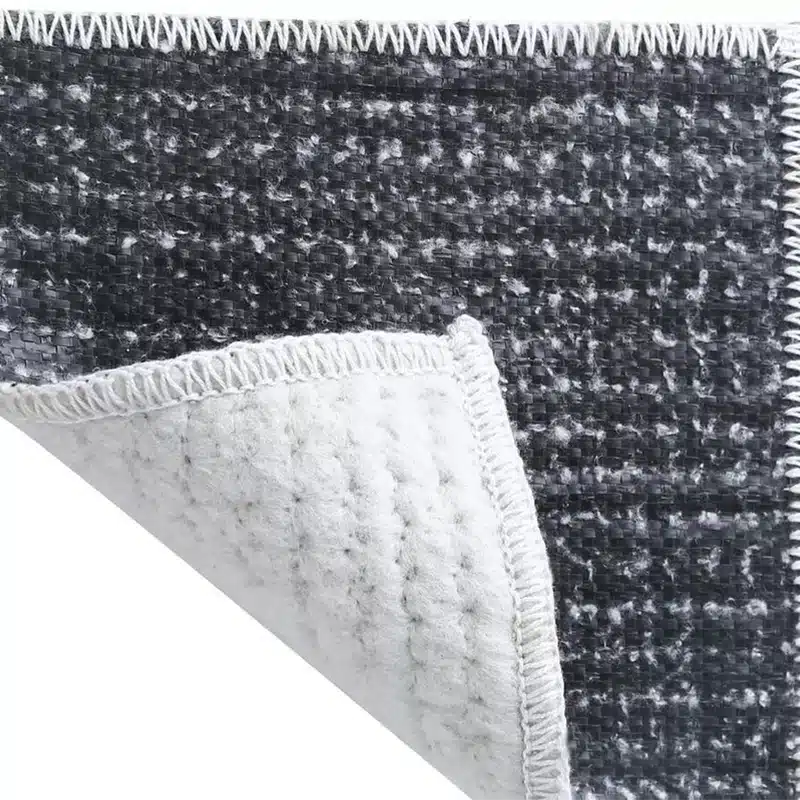
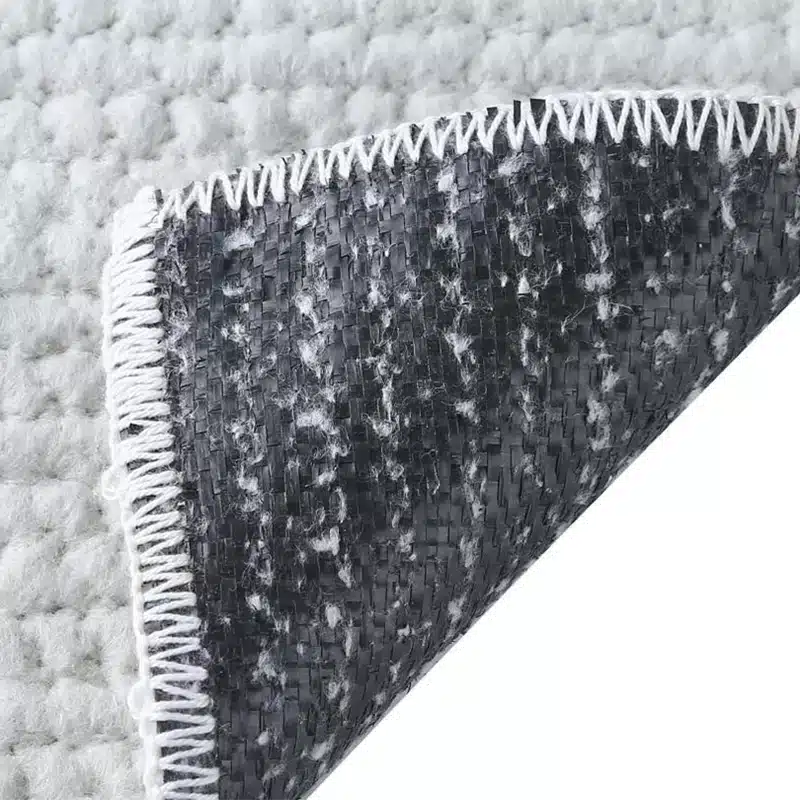
Get Free Sample
We’ll respond as soon as possible(within 12 hours)


